Yutai Zhou
Evaluation of Human-AI Teams for Learned and Rule-Based Agents in Hanabi
Jul 20, 2021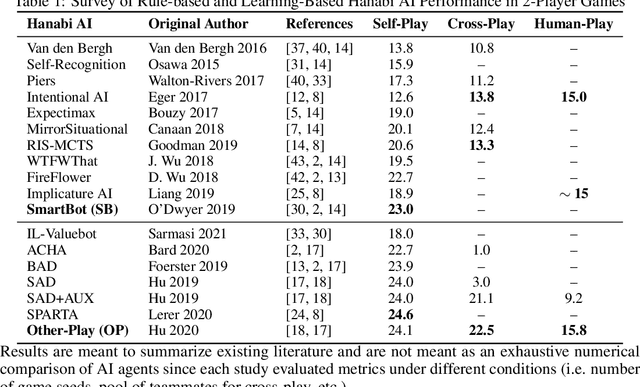

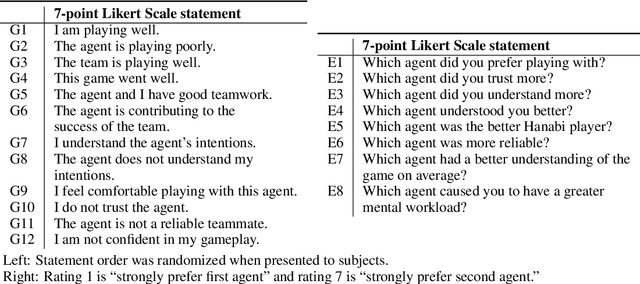
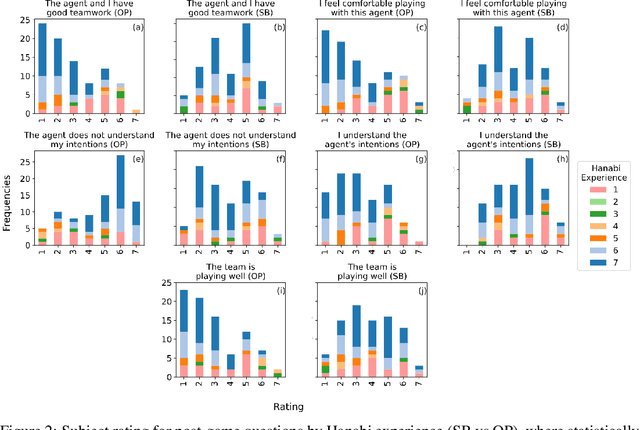
Abstract:Deep reinforcement learning has generated superhuman AI in competitive games such as Go and StarCraft. Can similar learning techniques create a superior AI teammate for human-machine collaborative games? Will humans prefer AI teammates that improve objective team performance or those that improve subjective metrics of trust? In this study, we perform a single-blind evaluation of teams of humans and AI agents in the cooperative card game Hanabi, with both rule-based and learning-based agents. In addition to the game score, used as an objective metric of the human-AI team performance, we also quantify subjective measures of the human's perceived performance, teamwork, interpretability, trust, and overall preference of AI teammate. We find that humans have a clear preference toward a rule-based AI teammate (SmartBot) over a state-of-the-art learning-based AI teammate (Other-Play) across nearly all subjective metrics, and generally view the learning-based agent negatively, despite no statistical difference in the game score. This result has implications for future AI design and reinforcement learning benchmarking, highlighting the need to incorporate subjective metrics of human-AI teaming rather than a singular focus on objective task performance.
Learning Emergent Discrete Message Communication for Cooperative Reinforcement Learning
Feb 24, 2021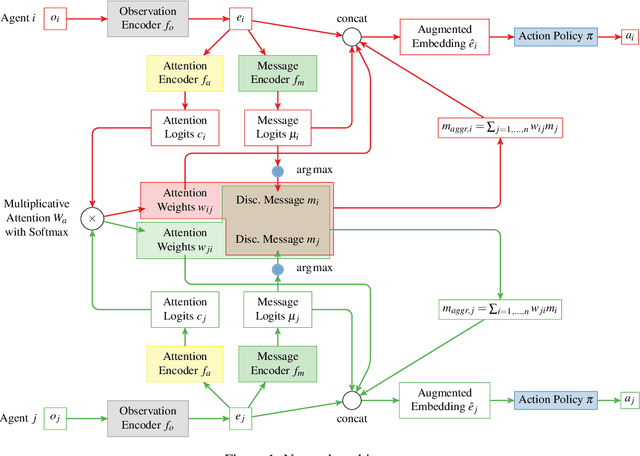
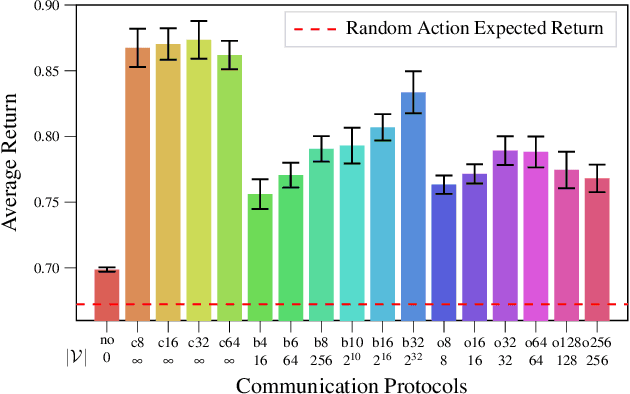

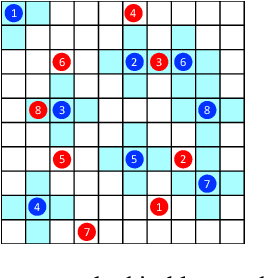
Abstract:Communication is a important factor that enables agents work cooperatively in multi-agent reinforcement learning (MARL). Most previous work uses continuous message communication whose high representational capacity comes at the expense of interpretability. Allowing agents to learn their own discrete message communication protocol emerged from a variety of domains can increase the interpretability for human designers and other agents.This paper proposes a method to generate discrete messages analogous to human languages, and achieve communication by a broadcast-and-listen mechanism based on self-attention. We show that discrete message communication has performance comparable to continuous message communication but with much a much smaller vocabulary size.Furthermore, we propose an approach that allows humans to interactively send discrete messages to agents.
 Add to Chrome
Add to Chrome Add to Firefox
Add to Firefox Add to Edge
Add to Edge